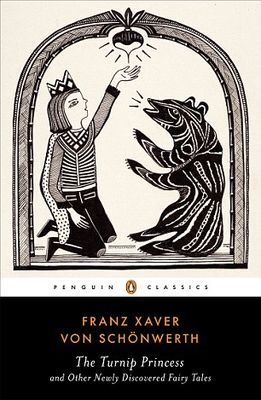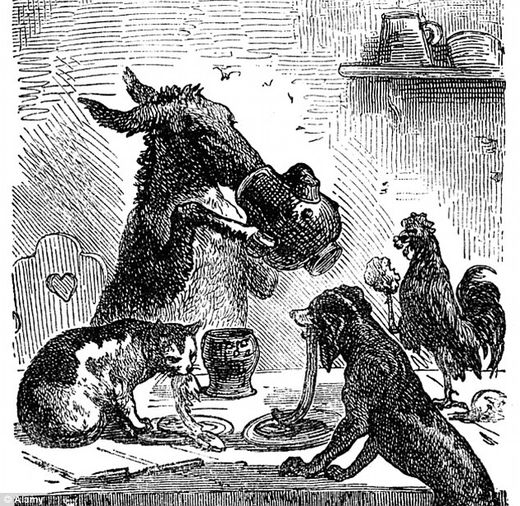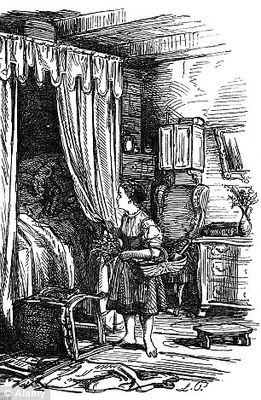German historian's 'not so happily ever after' fairytale collection to be published in English

The stories, published in The Turnip Prince were compiled by Franz Xaver von Schönwerth around the same time as the Brothers Grimm.
Most fairytales are overrun with wicked witches, entrapped princesses and dashing young princes.
But a new collection offers a different take on the classics - without the Happily Ever After.
The stories were compiled by German historian Franz Xaver von Schönwerth in the 1880s - around the same time as the Brothers Grimm folk tales - from across the Bavarian region of Oberpfalz.
And now the collection, which lay undiscovered in a local archive for 150 years, is set to be published in English for the first time, the reports.
While the well-known Grimm fairytales often feature a vulnerable princess and dragon-slaying hero, Schönwerth reverses their roles - offering readers powerful female and vulnerable male characters.
In Schönwerth's fantastical version Cinderella, for example, the heroine uses her golden - not glass - slippers to rescue her lover from beyond the moon.
But his work, which also includes untold tales such as The Stupid Wife and The Girl And The Cow, failed to attract the same attention as that of the Brothers Grimm and faded into obscurity.
Many of the tales were told to him by peasants, labourers and servants, after being passed down through generations by word-of-mouth.
He completed a book on his findings called Aus der Oberpfalz - Sitten und Sagen, which came out in three volumes. They included the fairy tales and historical background on them.
In 1885, Jacob Grimm said this about him: 'Nowhere in the whole of Germany is anyone collecting [folklore] so accurately, thoroughly and with such a sensitive ear.'
But Schönwerth's volumes never gained prominence and were mostly forgotten.
It was only when Erika Eichenseer, 80, was sifting through Schönwerth's work in an archive in Regensburg that his work re-emerged into the public domain.
Ms Eichenseer, a retired teacher who now works as a cultural curator, moved to have the tales translated English and they will be published in a new Penguin edition called The Turnip Princess.
One story tells of a maiden who escapes a witch by transforming herself into a pond. The witch then lies on her stomach and drinks all the water, swallowing the young girl.
But once she has drunk the pond, the girl uses a knife to cut her way out of the witch.

Girl power: While Grimm fairytales often feature a vulnerable princess and dragon-slaying hero, Schönwerth reverses their roles. Above, the Grimm fairytale Town Musicians of Bremen, shown in a 1829 sketch
In another, a woman gives her belongings to the poor but regains her wealth after she scares off a group of thieves.
There are also more well-known but local examples of tales such as Cinderella and Rumpelstiltskin.
Ms Eichenseer says the fairytales were invented for people of all ages.
Speaking about the books in 2012, she said: 'Their main purpose was to help young adults on their path to adulthood, showing them that dangers and challenges can be overcome through virtue, prudence and courage.'



0 reacties:
Post a Comment